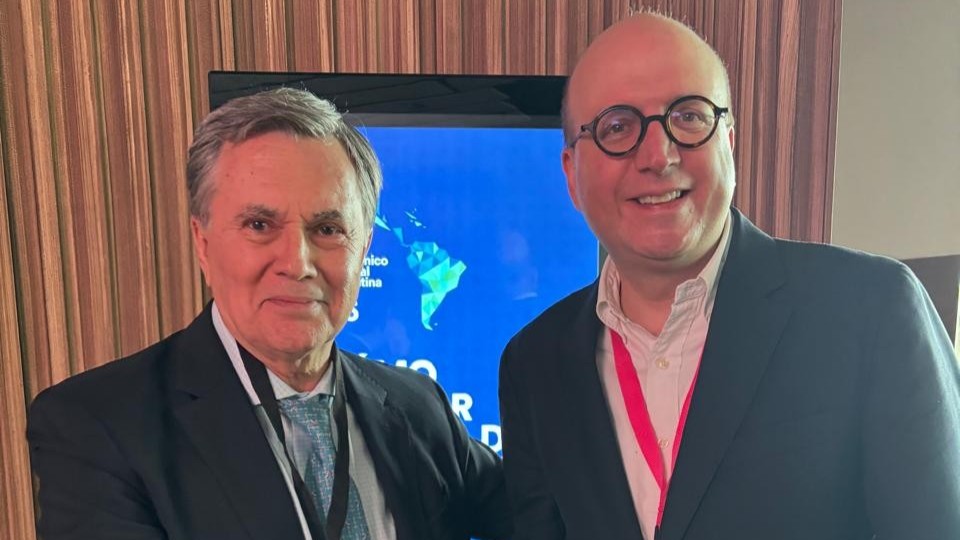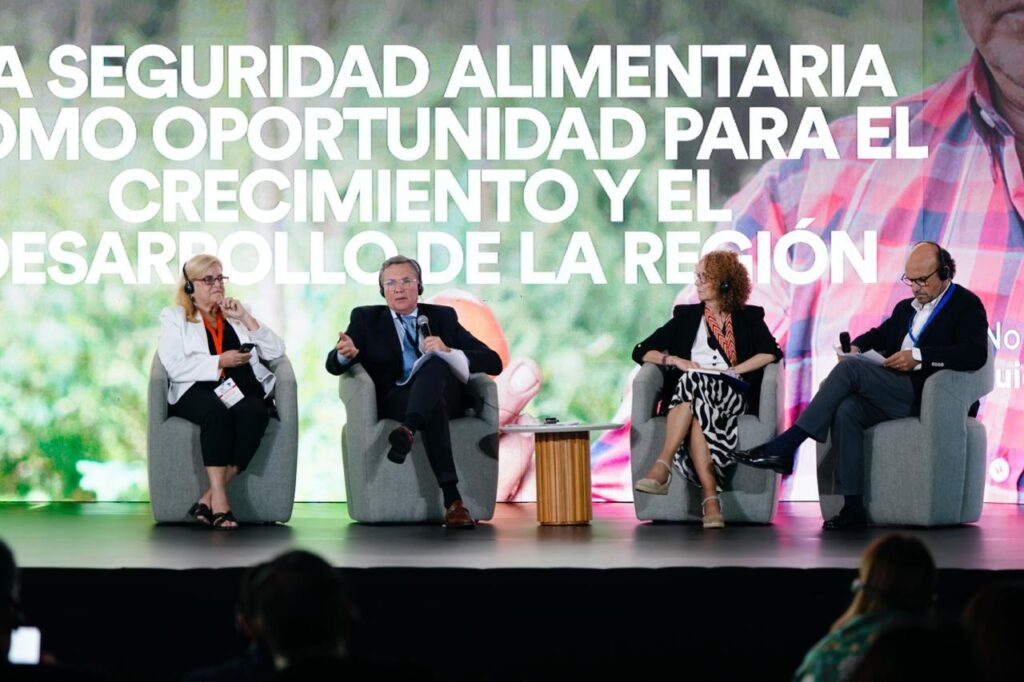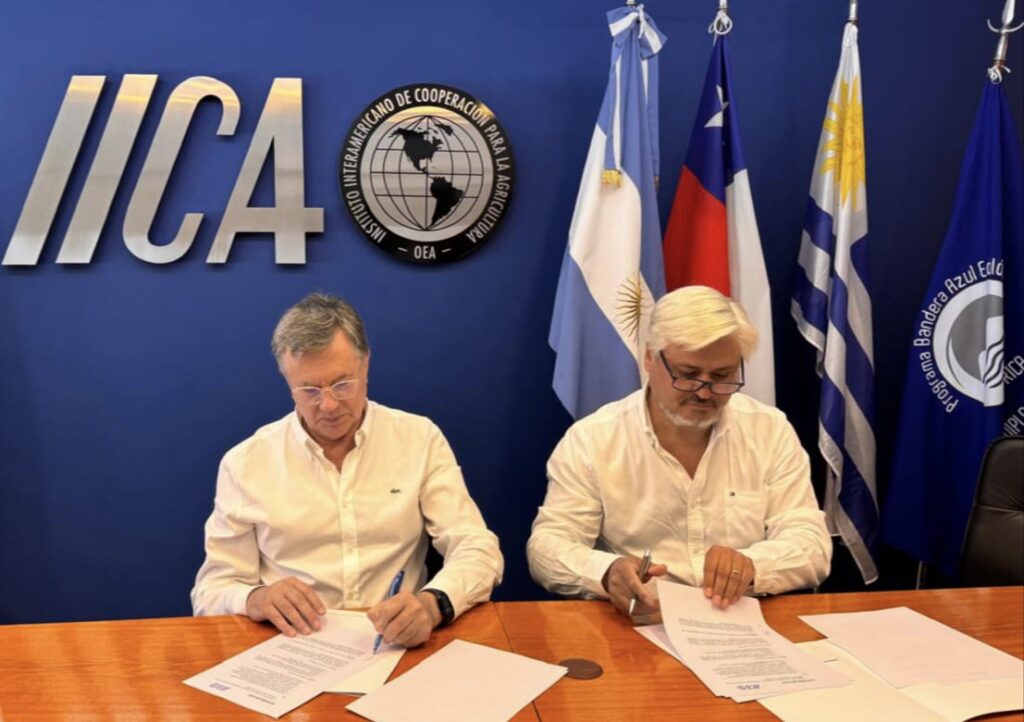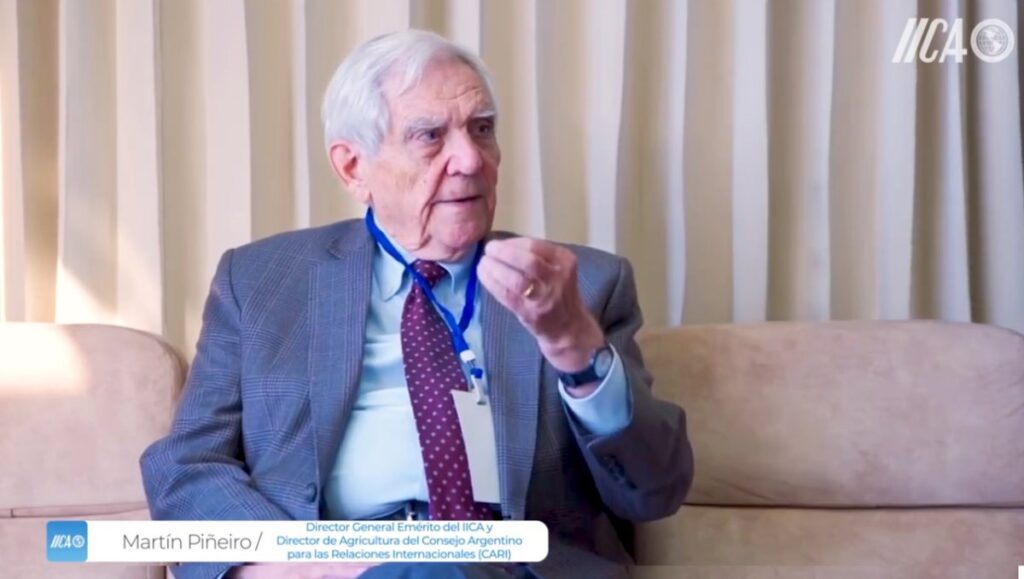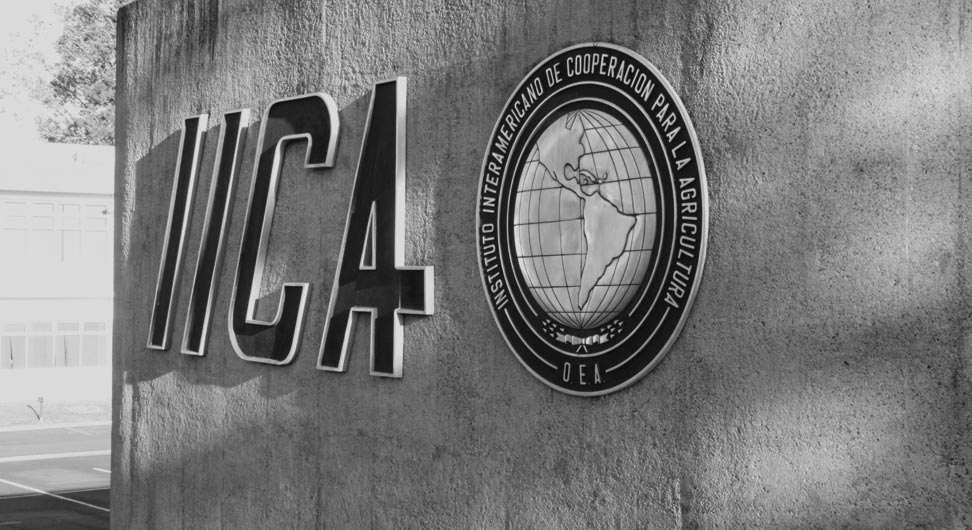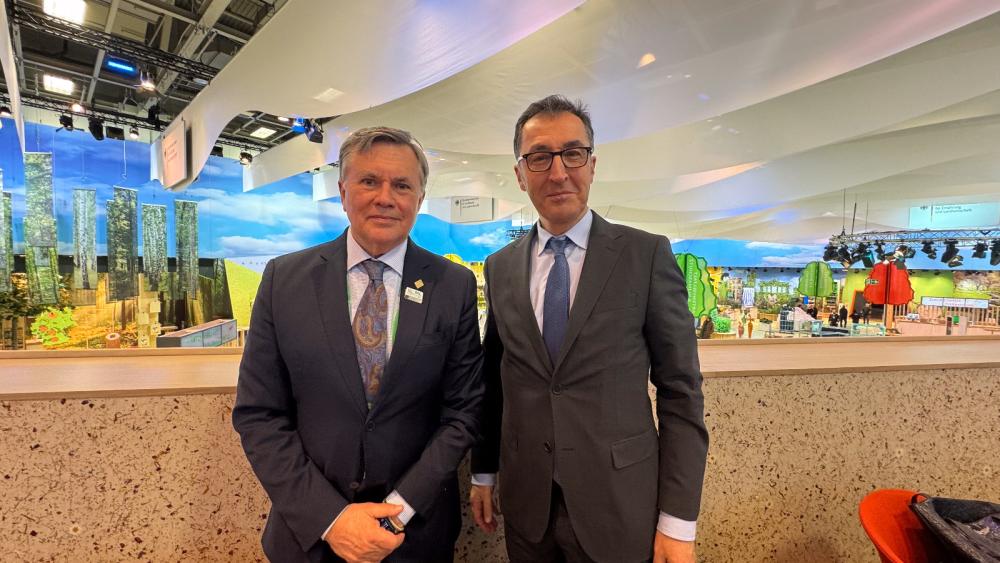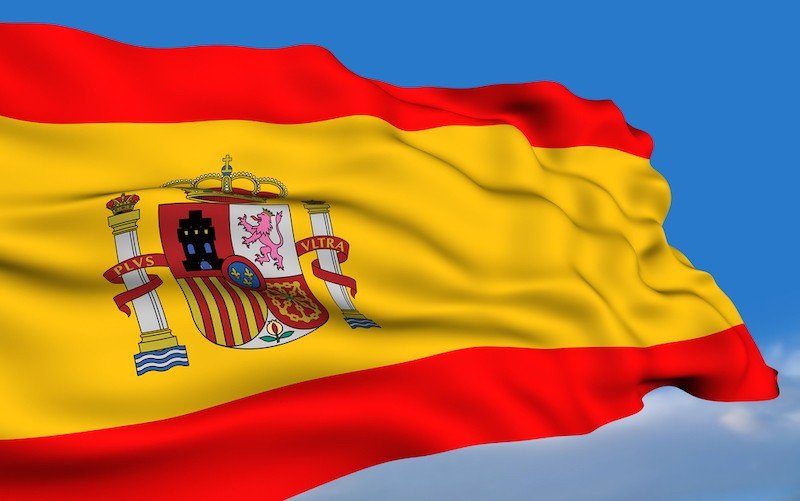El premio es parte de una iniciativa del organismo especializado en desarrollo agropecuario y rural para reconocer a hombres y mujeres que dejan huella y hacen la diferencia en los territorios rurales de las Américas.

Marabá, Brasil, 29 de enero de 2024 (IICA). La cacique de la aldea Akratikatejé, ubicada en el norteño estado de Pará, en Brasil, recibirá el premio por sus iniciativas de organización y empeño para emprender, recolectar y producir, y al mismo tiempo educar y concientizar sobre la importancia de la conservación y la protección del medio ambiente en el mayor bosque tropical del mundo, la Amazonia.
Además de recibir como reconocimiento el premio “El Alma de la Ruralidad”, los Líderes de la Ruralidad destacados por el IICA serán invitados a participar de diversas instancias asesoras del organismo especializado en desarrollo agropecuario y rural.
“Se trata de un reconocimiento para quienes cumplen un doble papel irremplazable: ser garantes de la seguridad alimentaria y nutricional y al mismo tiempo guardianes de la biodiversidad del planeta a través de la producción en cualquier circunstancia. El reconocimiento, además, tiene la función de destacar la capacidad de impulsar ejemplos positivos para las zonas rurales”, dijo el Director General del IICA, Manuel Otero, sobre la iniciativa, enfatizando en la importancia de destacar liderazgos en la región amazónica, en este caso de Brasil, y de personas que pertenecen a comunidades vulnerables.
En el marco del programa Líderes de la Ruralidad, el IICA trabaja para que el reconocimiento facilite vinculaciones con organismos oficiales, de la sociedad civil y del sector privado para la obtención de apoyo para sus causas.
“Son personas cuya impronta está presente en cada alimento que consumimos -adonde sea que éstos lleguen-, en cada parcela de tierra productiva y en las comunidades que habitan. Son hombres y mujeres que dejan huella y son el alma de la ruralidad porque producen, plantan, cosechan, crean, innovan, enseñan, protegen y unen”, consideró el Director General del IICA.
“Son personas que encarnan liderazgos positivos y silenciosos que es preciso visibilizar y reconocer. Son, por sobre todas las cosas, ejemplos de vida. Porque transforman, superan adversidades e inspiran”, agregó Otero.
El IICA trabaja junto a sus 34 Representaciones en las Américas para la selección de los #Líderesdelaruralidad.
Katia Silene Tonkyre, la mujer cacique que quebró tabúes y lidera una comunidad que produce de forma sustentable y protege la selva amazónica
Las imágenes satelitales de Google Maps muestran a la reserva indígena Madre María como un impenetrable y profundo manto verde. Es el bosque tropical nativo e intacto que todos los días custodia y venera Katia Silene Tonkyre, la primera mujer cacique de la aldea Akratikatejé, situada en el estado amazónico de Pará, en la región norte de Brasil.
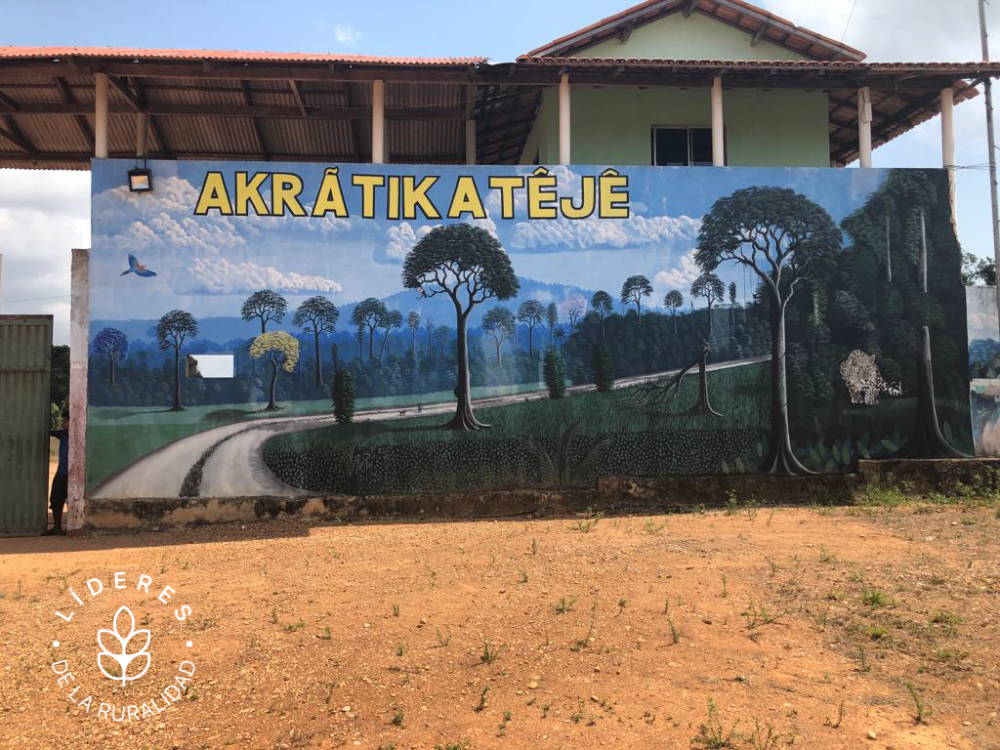
Unos 3.500 indígenas viven en la reserva de casi 63.000 hectáreas que, fuera de sus límites homologados por el Estado federal brasileño en 1986, está rodeada de campos que las mismas imágenes muestran deforestados.
Katia Silene, de 54 años, lidera una de las 27 aldeas que alberga la reserva, en la que viven 85 indígenas de 23 familias de la etnia Gaviao da Montanha, dedicadas principalmente a la recolección, producción y venta de castañas, y también de pescado, miel y frutas.
Un racimo de casas de madera y un lago dan vida a la comunidad, que posee también un puesto sanitario y un enorme cobertizo de techo de paja sostenido por columnas de madera que, entre otros usos, sirve para dar clases a los niños y jóvenes de la aldea.
La cacique, designada por el Instituto Interamericano de Cooperación para la Agricultura (IICA) como Líder de la Ruralidad de las Américas, es hija del respetado cacique Payaré, un luchador por los derechos de los indígenas ya fallecido que implantó en la aldea el concepto de emprendedurismo y el de producir sin agredir a la naturaleza, beneficiando a la comunidad con la organización, la colecta y producción de castañas, maracujá, açaí, cacao, cupuaçú y otras frutas amazónicas, miel, animales y cría de peces, lo que genera empleos e ingresos.
Katia continuó y perfeccionó ese legado, ampliándolo a la realización de alianzas y de acciones que sirvieran al bienestar de su comunidad.
“Yo no estoy de acuerdo cuando una persona dice que tiene que destruir el bosque para criar ganado o invertir en soja. Nosotros queremos tener un proyecto sustentable y queremos crecer, pero no destruyendo a la naturaleza. Nosotros valorizamos nuestros productos. No es necesario destruir. Es posible conciliar las dos cosas, hacer el proyecto y tener el bosque en pie, utilizarlo. El bosque nos da una farmacia verde, rica, tenemos nuestros animales y tenemos nuestro bosque”, dijo Katia.
“La naturaleza, el bosque, somos nosotros. Nosotros somos la Amazonia, nosotros somos el bosque. Cuando se muere un árbol muere una parte de nosotros, porque somos la raíz de este bosque. Y la castaña es nuestro oro; tenemos también açaí, cacao, pescado, y agregamos valor a nuestra producción sin agredir a la naturaleza”, contó la cacique.
Katia sufrió en su infancia en la década de 1970 la expulsión de su pueblo de la vecina Tucuruí, en la que fue construida una represa, y un difícil reasentamiento en el municipio de Bom Jesus do Tocantins, a unos 10 kilómetros de la ciudad de Marabá, en el sudoeste de Pará.
Allí desarrollaron la recolección de la llamada castaña do Pará, conocida también como castaña Brasil.
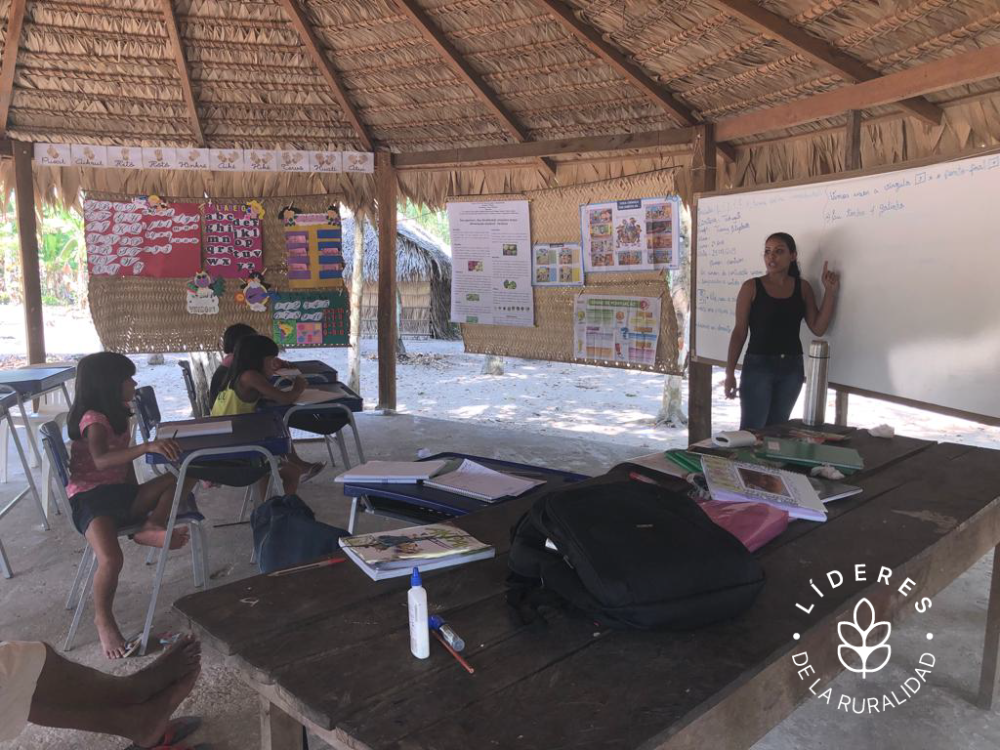
Seis años atrás, montaron una fábrica y una cooperativa para procesarla y comercializarla, y la cacique se encuentra buscando ayuda pública y del sector privado para mejorar la provisión de energía eléctrica (de monofásica a trifásica) a la aldea, de modo de poder operar máquinas que le permitirían consolidar una producción de 20 toneladas por cosecha, asegurando ingresos para toda la aldea.
También busca asistencia técnica que le permita a ella, su familia y su comunidad aumentar la producción en la aldea de maíz, mandioca y pollo, además de mejorar la comercialización de pescado, y desarrollar la construcción de cabañas y senderos, de modo de atraer turistas a la reserva.
“Nuestro camino es el de producir de forma sustentable. Y cumplir el sueño de mi padre, el cacique Payaré, de tener un pueblo Akratikatejé autónomo, con el bosque de pie”, agregó, lamentando no tener una estructura de almacenamiento y cámara de frío que le permita vender más, por ejemplo, cupuaçú, una exquisita fruta con alto contenido de fósforo y pectina que se utiliza para hacer jugos, pasteles y néctares y cuya semilla, que contiene porcentajes altos de proteína y grasa, se usa para preparar un producto con características similares al chocolate y cosméticos.
“La cosecha del açaí está terminando, y viene ahora la de castaña y el cupuaçú, y es mucho cupuaçú, que lamentablemente una parte vamos a perder porque no tenemos freezer ni cámara de frío para abastecer a los productores de pulpa”, contó.
Entre la lista de proyectos de la líder indígena está el de retomar la exportación de castañas, para lo que necesita asistencia técnica para levantar un pequeño depósito y equipar una pequeña fábrica.
Uno de los grandes orgullos de la cacique es la pertenencia de los más jóvenes a la aldea, y su deseo de permanecer en la reserva.
“Somos fuertes. No tenemos en la región indígena viviendo en la calle, ni queriendo salir de la aldea, porque nuestra tierra es rica. Tenemos frutas, área para plantar y trabajar con la agricultura. Tenemos miel en cantidad y copaíba (la sustancia que se obtiene del árbol de copaiba y es rica en ácido oléico-linoléico y en vitamina E y se usa para la fabricación de jabones, bálsamos o aceite esenciales, y cuenta con propiedades hidratantes, antiinflamatorias, analgésicas y antibacterianas que le confieren multitud de beneficios). Somos un pueblo bendecido, muy rico, y nuestra riqueza es el bosque de pie. No llegó la necesidad de que ningún indio salga hacia afuera. Tenemos una materia sostenible y mucha riqueza en nuestro bosque”, dijo Katia Silene.
“Todo lo que hacemos es caminar para un futuro mejor, saludable y de buen vivir. Queremos que los jóvenes valoricen el territorio y nuestro bosque, al que no necesitamos derrumbar, sacarle madera, oro, porque tenemos otras riquezas. Yo aprendí de mi padre a cuidar del futuro, a preocuparse por el mañana. Quebré un protocolo porque las mujeres no podían ser caciques debido a modelos superados. Las mujeres estamos conquistando cada vez más espacios, y tenemos que seguir haciendo la diferencia para que las cosas funcionen”, concluyó.
Más información:
Gerencia de Comunicación Institucional
comunicacion.institucional@iica.int
